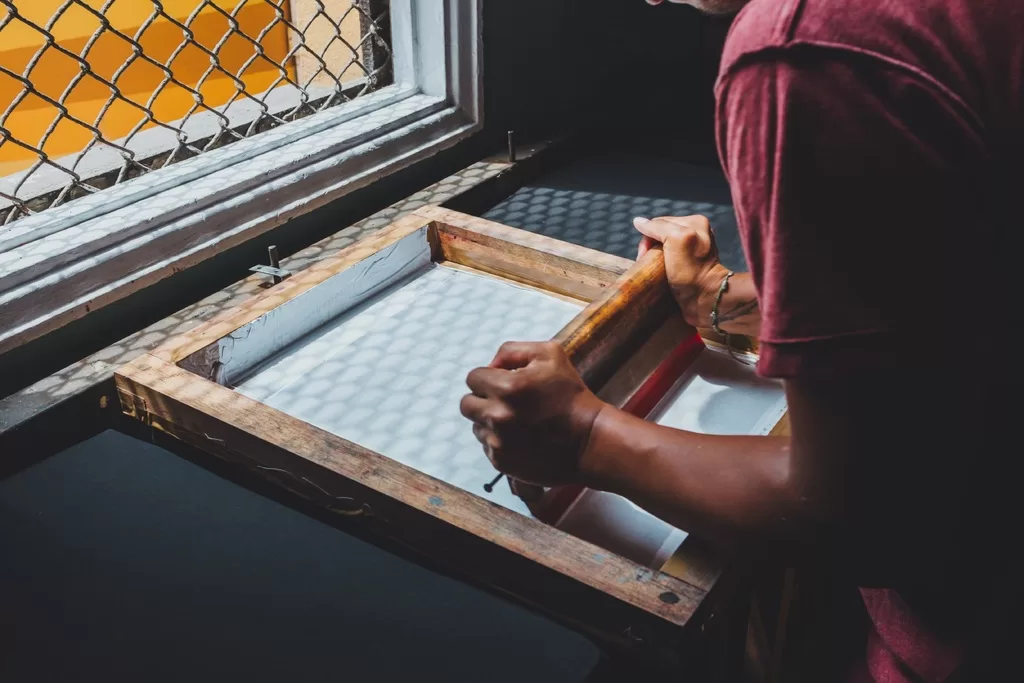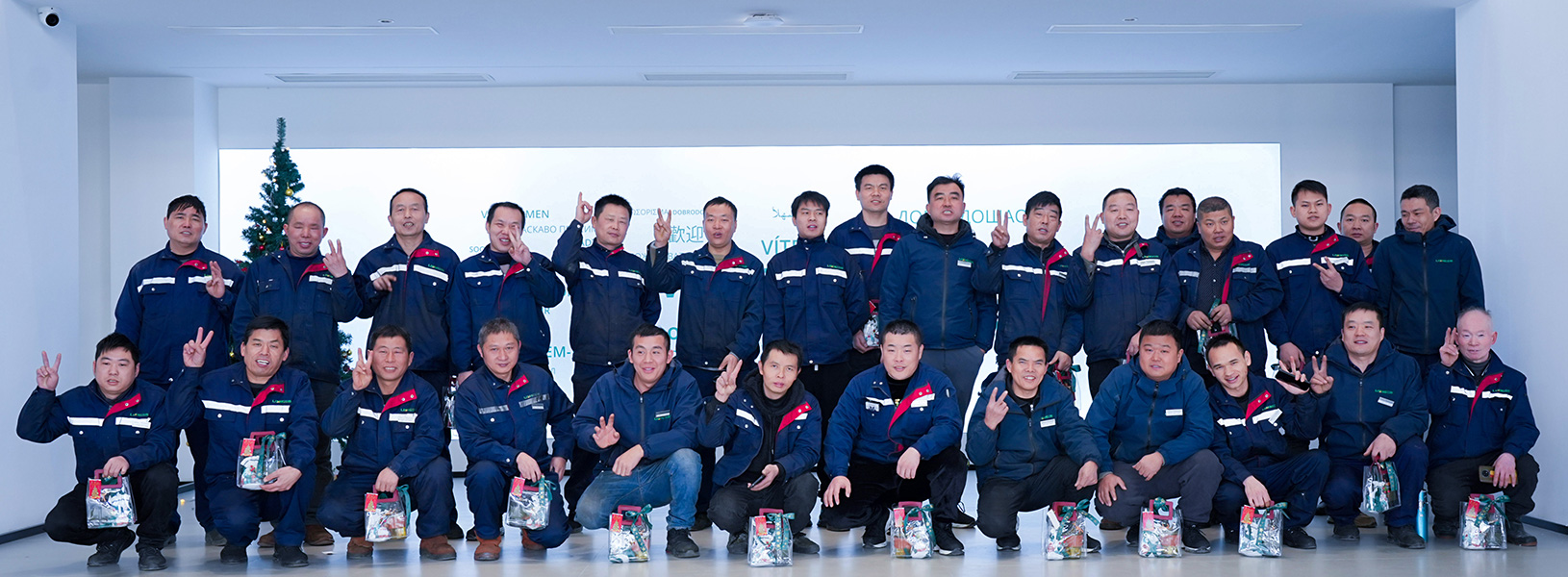
Screen Printing vs Flexo: Which Method is the Best for You?
Putting screen and flexo printing in consideration, it can be observed that they are among the commonest commercial printing processes. They have both developed to take care of different industrial and artistic needs. Knowing the pros and cons of each will help you make an educated choice regarding your project.
Origin and History of the Two Printing Methods
Screen Printing traces its lineage more than a millennia back to ancient China. While this technique was predominantly used for basic printing, it has blossomed to prefered method of printing on a diverse range of materials like fabrics and souvenirs.
Flexo Printing (flexographic printing), which emerged in the latter part of the 19th century, sought to replace the existing method of printing using a letterpress. This flexo technique is now the most commonly used method for printing on soft materials including plastics, films, and even packaging. The incorporation of photopolymer plates greatly increased the scope of modern flexo printing application making it more versatile.
3 Similarities Between Screen Printing and Flexo Printing
Despite their differences, screen printing and flexo printing share several key similarities:
| Similarity | Screen Printing | Flexo Printing |
|---|---|---|
| Image Carrier Creation | Uses mesh screens to transfer the image | Uses flexible relief plates to transfer the image |
| Long-run High Volume Printing | Suitable for medium to long production runs | Ideal for high-speed, large-scale production runs |
| Exceptional Printing Quality | Delivers vibrant colors and fine detail | Capable of sharp, consistent, and high-quality prints |
Image Carrier Creation
Both techniques rely on a printed image carrier to transfer the design onto the substrate. Flexo uses flexible plates, while screen printing employs mesh screens. The image is transferred through these carriers to produce the final print.
Long-run High Volume Printing
Both methods are capable of handling long-run, high-volume jobs, though flexo printing excels in larger-scale commercial projects due to its speed and cost-efficiency.
Exceptional Printing Quality
Both techniques are capable of producing high-quality prints. Whether it’s screen print vs silkscreen or flexo printing, the end result can deliver sharp details and vibrant colors, making both methods suitable for premium applications.
Screen Printing vs Flexo: 9 Differences
While both methods offer exceptional quality, their differences can significantly affect the suitability of one over the other for your specific needs. Let’s dive into 9 key differences between screen printing vs flexo:
| Aspect | Screen Printing | Flexo Printing |
|---|---|---|
| Basic Principle | Ink pushed through mesh screen | Ink transferred by flexible plate via anilox roller |
| Materials | Best for fabrics, plastic, metal | Works on paper, film, fabric, and packaging |
| Cost & Speed | Slower and more expensive for large runs | Faster and more cost-efficient for high volumes |
| Print Quality | Bold colors and texture, great for fabric | Sharp details, higher resolution |
| Detail Handling | Limited with fine details | Excellent for small text and complex designs |
| Setup & Equipment | Manual setup with screens and squeegees | Automated setup with advanced presses |
| Applications | Custom items, textiles, art prints | Labels, packaging, newspapers |
| Ink Usage | Uses more ink per print | More ink-efficient |
| Eco Impact | Higher due to solvent inks | Lower with water-based inks and fewer VOCs |
Basic Principles
Screen Printing: Involves transferring ink through a fine mesh screen onto the substrate.
Flexo Printing: Uses flexible plates that transfer ink from an anilox roller to the substrate.
Suitable Materials
Screen Printing: Best suited for non-porous substrates, such as fabrics, plastics, and metal.
Flexo Printing: Versatile in handling both porous and non-porous materials, including films, papers, and packaging materials.
Cost and Production Speed
Screen Printing: It is costlier to set-up and takes longer to produce, which makes it inefficient for larger volumes.
Flexo Printing: Less costly and more efficient in high-volume print production, espcecially for packaging.
Printing Effects & Quality
Screen Printing: This technique is particularly famous for its energetic tones and intricate designs on dark textiles or fabrics of varied colors.
Flexo Printing: It is great at detail, can more easily work with complex designs and has a higher resolution than other printing types.
Details & Complex Designs
Screen Printing: While screen printing can produce rich textures, it may struggle with very fine details due to the thickness of ink layers.
Flexo Printing: Known for its ability to reproduce fine details and complex designs with precision, especially when printing text.
Equipment & Setup
Screen Printing: Requires screen frames, mesh, and squeegees, which can take longer to set up for multi-color jobs.
Flexo Printing: Requires more advanced machinery, including flexographic printing presses and anilox rollers, but setup is quicker for larger runs.
Suitable Applications
Screen Printing: Popular in textile printing, custom promotional items, and art prints, particularly for lower-volume jobs.
Flexo Printing: Primarily used for packaging, labels, and newspapers due to its speed and cost-effectiveness for large print runs.
Ink Usage
Screen Printing: Uses a higher amount of ink, which can lead to higher material costs per print.
Flexo Printing: More ink-efficient, leading to reduced costs in large-scale productions.
Environmental Impact
Screen Printing: Traditionally uses solvent-based inks, which have a higher environmental impact.
Flexo Printing: Generally more environmentally friendly with the option of water-based inks and lower VOC emissions.
Lishg – Your Trusted Leading China Flexo Printing Machine Supplier
When seeking flexo printing equipment, look no further than Lishg, a top producer of high-grade flex printing machines. Each of our machines is renowned for being both durable and efficient, providing successful solutions for an array of purposes from packaging to labelling. With advanced technologies and superior customer service, Lishg is always ready to assist you with your flexo printing requirements.
Conclusion
When considering the uses of screen printing and flexo printing, each has unique advantages. Although augmentations in flexo printing made it an efficient technique for bulk commercial needs, screen printing continues to dominates in applications that require artistic input like craft and vibrant printed artwork.
Are you in need of fast flexo printing machines for packaging or automatic screen printers for custom merchandise? Whichever the case may be, knowing the distinctions will help make the best decision for your project.
FAQ
What is the difference between screen printing and silkscreen?
Screen printing and silkscreen printing are often used as synonymous terms but they really are two different things. Firstly, silkscreen refers to the kind of mesh material used in the process while screen printing refers to the main procedure.
What is the difference between Flexo vs Other Printing Methods?
We have written other articles where we have compared flexo printing with other printing techniques. They are available for your perusal if you wish to go deeper into this topic.
Learn More: Flexo Printing vs Offset Printing: 8 Key Differences
Learn More: Flexo vs Digital Printing: 10 Key Differences
Learn More: Flexo vs Litho Printing: 4 Similarities and 10 Differences
Learn More: Flexo vs Rotogravure Printing: Which Is Better for Your Printing Needs?




